A spunky and energetic terrier with intelligence and loyalty

Scottish Terrier Spotlight
- Intelligent, reserved and loyal
- Less likely to develop excessive barking habits than other terriers
- Horrible swimmers
- Will chase after small animals if unleashed or unsupervised
- Not ideal with young toddlers around
- Adapts well to surroundings and to owner’s mood
- Difficult to train
- Grooming can be a chore
History
The Scottish Terrier is one of the five terrier breeds that hails from Scotland, which is how the breed got its name and is believed to have provided the genetic foundation from which all other terrier breeds developed. The breed was called the Aberdeen Terrier after the town of Aberdeen in Scotland before it got its current name, and it is often affectionately called by its nickname “Scottie.”
The breed was developed for hunting purposes and its primary targets included den animals such as rabbit and otter. They have frequently been the chosen companions of celebrities and other public figures, and among the most famous was the Scottish Terrier named Fala that was the beloved companion of Franklin Delano Roosevelt and is even depicted alongside him in a statue in the nation’s capitol.
The Scottish Terrier was originally grouped and shown as part of the Skye Terrier group but it received its own breed standard in the 1870s. The Skye Terrier group was further divided and from it sprang the Scottish, Skye, West Highland White and Cairns Terriers. The Scottish Terrier received official American Kennel Club recognition in 1885. It is fairly common and currently ranks as the 60th most popular dog breed by the AKC.
Personality & Temperament
Scottish Terriers are among the most serious of the terrier breeds. They are much more reserved than their happy-go-lucky terrier counterparts and like most other terrier breeds, Scottish Terriers are known for their stubbornness, intelligence and loyalty above all else. They are limited in who they show affection to and are devoted to their owners.
Scottish Terriers will be affectionate toward those they are comfortable with but is not uncommon for these dogs to become attached to a select one or two people, even if they have a large family and live with multiple people. They are not typically aggressive toward strangers if socialized early, but they do tend to be much less interested and sometimes even wary of them. They are typically great with children but it should be noted that they don’t tolerate rough handling very well.
Their neutral position on strangers and their level of alertness makes them keen watch dogs. They are not usually associated with excessive barking and similar terrier behavioral issues which make them a little easier to control and maintain. They will alert their owners when they feel it is necessary, such as when someone is at the door, but they will likely not feel the need to continue barking if the owner makes it clear that said barking is unwanted.
It is important that Scottish Terriers spend time around other dogs at a young age or else they will likely behave aggressively toward other dogs later on. If properly socialized a Scottish Terrier will behave just fine around other dogs unless one picks a fight, in which case the Scottish Terrier will fight back.
Appearance & Grooming
Scottish Terriers stand a maximum of ten inches tall at the shoulder and usually weigh around 20 pounds when fully grown with a maximum shoulder height of 11 inches. Most Scottish Terriers are gray, black or brindle in color but the occurrence of other color variations is possible. The compact, sturdy body is carried on short legs.
The head is long and narrow. The small triangular ears should point directly upward. The nose is always black and slightly protrudes outward over the top of the mouth. The small, bright eyes should be wide-set and should always be more curved than round. The legs are stocky and muscular.
The Scottish Terrier’s top coat is thick and wiry rather than soft to the touch. The short undercoat is also thick but is much softer. Scottish Terriers can become shaggy and disheveled and should be regularly groomed to maintain the breed’s standard appearance. Beyond weekly grooming, the Scottish Terrier should be bathed only as needed.
Their eyes should be regularly cleaned to prevent infections or other health issues. Their teeth should be brushed a minimum of once per week and their nails should be trimmed once or twice per month depending on how quickly they grow.
Health
- von Willebrand disease (vWD) can occur in Scottish Terriers and other breeds, and it can also occur in people. It is a hereditary bleeding disorder and those with vWD are susceptible to nosebleeds are at risk of uncontrolled bleeding after experiencing trauma or having a surgical procedure done.
- Craniomandibular osteopathy (CMO) is often referred to as ”Scottie Jaw” or “Westie Jaw” because it primarily affects those breeds. CMO is a condition that occurs young dogs. It involves the growth of new bone on the dog’s lower jaw and can be very painful. It can occur at different stages of a dog’s first year and can be treated with specific medications, although severe cases may also require therapy. Signs that a puppy has this disease include discomfort while chewing food and being sensitive about having its jaw touched.
- Scottie cramp is highly common in Scottish Terriers, hence the name, but it can occur in other terrier breeds as well. Fortunately, it does not pose an immediate threat to the dog’s health.
- Patellar luxation or kneecap dislocation is common in many toy and miniature breeds and is sometimes observed in Scottish Terriers due to their small breed size. The dog will only feel pain at the moment the dislocation occurs. Signs that a dog has a dislocated kneecap include lameness, sporadic skipping and irregular movement.
Exercise & Care
Scottish Terriers should be given regular exercise to prevent them from developing behavioral issues or becoming bored and destructive at home. They enjoy daily walks but typically are not runners. Today’s Scottish Terriers retain their ancestors’ hunting instincts and should therefore always be walked on a leash or supervised while exploring enclosed areas to prevent them from running off in chase of small critters.
Scottish Terriers should be carefully supervised when they are around water. Most love to be in or around water but the breed’s short legs and bulky body make it nearly impossible for them to swim. Each individual dog will have varying nutritional needs so be sure to work closely with your breeder and veterinarian to determine a feeding routine and a type of food that works best for your Scottish Terrier.
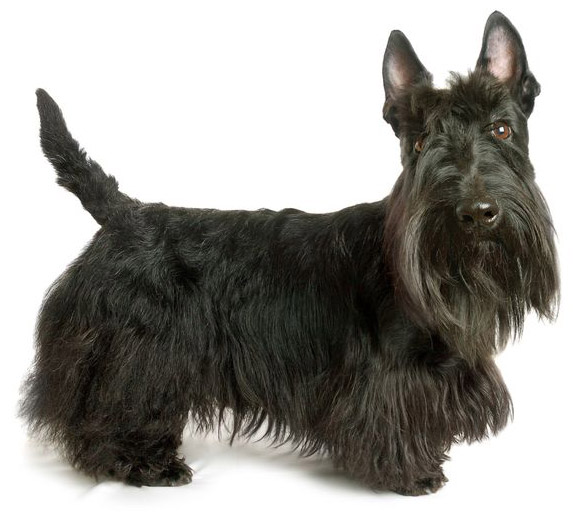
 Scotland
Scotland
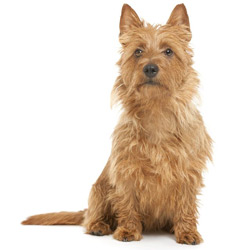
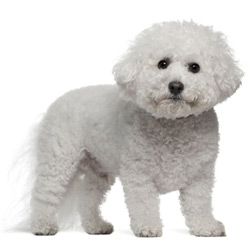
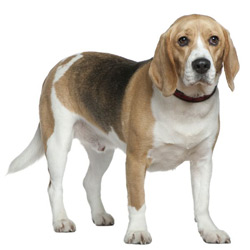
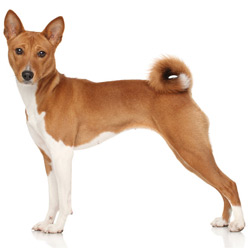
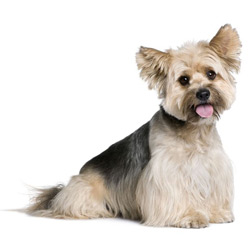
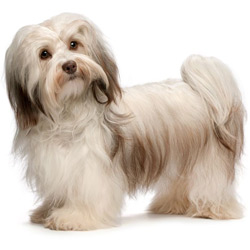
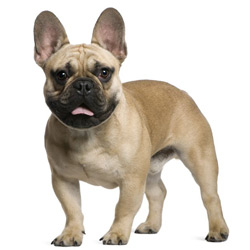
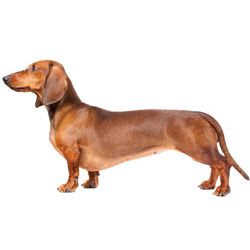
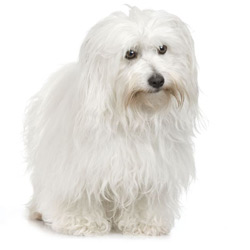
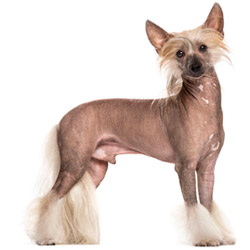
What do you think?